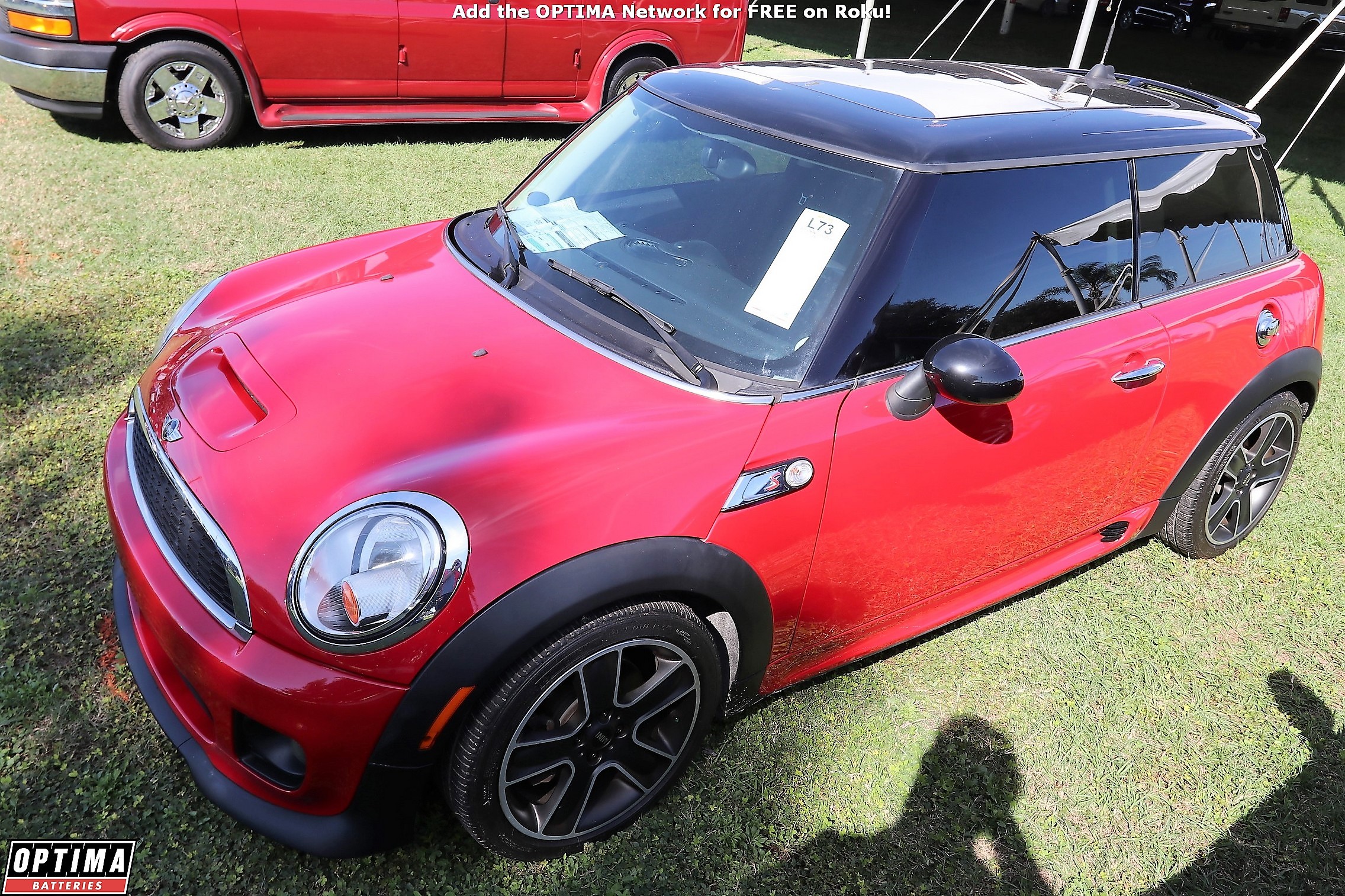2013 Mini Cooper Battery

- Sponsor
- OPTIMA Batteries
- Location
- Kissimmee, Florida


There was a time when changing a battery in a car was a relatively-straightforward process. The car either used one specific battery or could use any one of several options. The owner could buy the battery, recycle the old one and install the new one and that would be the end of it. That is not the case for owners of the 2013 Mini Cooper.
While the 2013 Mini Cooper may use any of three batteries, between an H5, H6 and H7, there's no guarantee of knowing which one is in your Mini Cooper without looking. That's because more than one battery size was used during production, which is sometimes done because of supply chain availability and other times because of the way a vehicle is optioned. Vehicles with more electrical demands tend to use a physically larger battery.
The good news about the three battery size options for the Mini Cooper, is that they are relatively-easy to understand relative to the others. The H5 (also sometimes referred to as a Group 47) is the typically the least expensive, smallest, lightest and least powerful from both a cranking perspective and reserve capacity available. They typically offer about 630 Cold Cranking Amps and weigh about 33 pounds, although OPTIMA's DH5 YELLOWTOP is conservatively-rated at 700 Cold Cranking Amps and weighs 44 pounds.
The H6 (for which OPTIMA offers a direct-fit upgrade with a DH6 YELLOWTOP) is the mid-sized option of the three and is sometimes referred to as a Group 48 battery. The DH6 YELLOWTOP weighs in at just over 54 pounds and is conservatively-rated at 800 Cold Cranking Amps.
The largest of the three battery options for the 2013 Mini Cooper would be the H7, which is sometimes referred to as a 94R. The OPTIMA DH7 YELLOWTOP is a direct-fit upgrade for this size and weighs in at 60.5 pounds and is conservatively-rated at 880 Cold Cranking Amps.
Which battery is right for your Mini Cooper? It really depends on how you use your vehicle. The 1.6-liter four-cylinder engine is not going to put a strain on any of these batteries in terms of cranking power required to start the engine, but the amp-hour (Ah) rating might be a consideration you'd want to look at more closely.
We listed the weight of these three battery sizes, because there is a strong correlation between the weight of a battery and the amount of energy it can hold, which is often expressed in amp-hours or Ah. You can expect a typical flooded H5 battery to be rated at about 60Ah, while the DH5 YELLOWTOP is rated at 64Ah. The DH6 YELLOWTOP is about 63% heavier than a typical flooded H5 battery and about 38% heavier than a typical flooded H6 battery and is rated at 72Ah. That means the DH6 YELLOWTOP will have more power in reserve if your Mini Cooper has significant electrical demands, like a car alarm or sits for long periods of time (have you ever come back from a trip and had a dead battery at the airport?).
Likewise, the DH7 YELLOWTOP packs an even bigger electrical punch, weighing 83% more than a typical flooded H5 battery and is rated at 80Ah. If you think you need that extra power, then a DH7 YELLOWTOP can definitely deliver it for you. Physically larger batteries can also last longer because of Peukert's Law, which basically says the more deeply you cycle a lead-acid battery, the fewer cycles you'll get out of it. As a result, larger batteries that don't get cycled as deeply can deliver more cycles, which translates into more starts and more time between replacements.
Regardless of the choice you make between these three sizes, you'll need to register the battery with your Mini Cooper's charging system after installing it, to maximize performance and lifespan. Dealerships are obviously capable of doing this, but so are many independent mechanics and they might do it at a lower price point. You'll also want to make sure you connect the vent hose to the battery.
The other universal truth with these three battery options is that they will all perform better and last longer, if you keep them fully-charged whenever possible. For our YELLOWTOP batteries, that means about 13.0-13.2 volts, while a typical flooded battery might be fully-charged at about 12.6 volts. We're so confident proper voltage maintenance will improve performance and extend battery lifespan, we'll add one year of free replacement warranty coverage to your OPTIMA battery, if you purchase it from us and buy an OPTIMA 1200 series battery charger from us at the same time.
